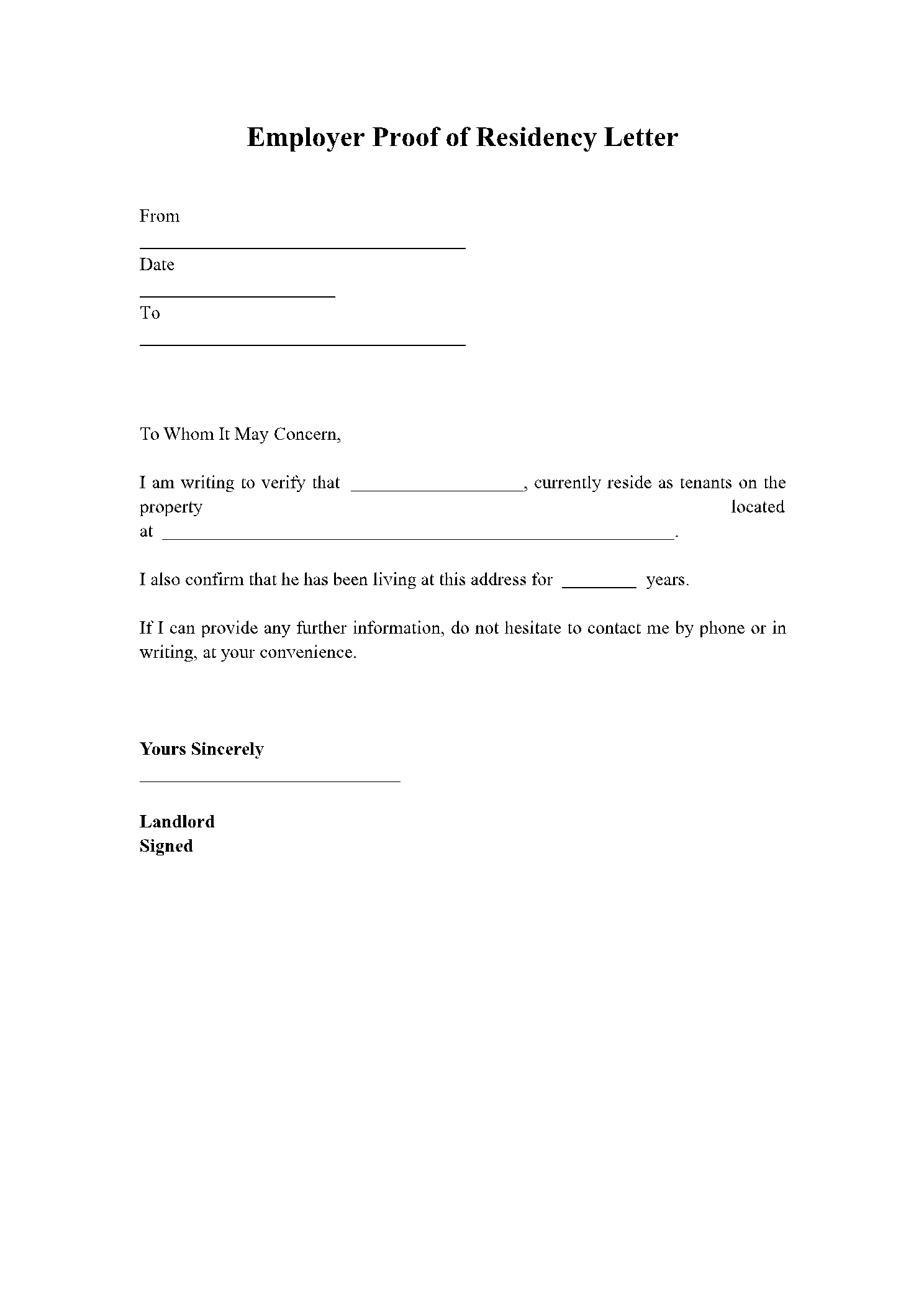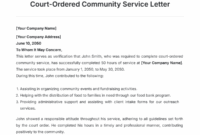Ever found yourself in a tricky situation where you need to prove where you live, but your standard utility bill or bank statement just isn’t cutting it? Perhaps you’ve recently moved, you’re staying with family, or your name isn’t on the official documents for your current address. This is a surprisingly common predicament, and it can be a real headache when you’re trying to open a bank account, apply for a driver’s license, register with a new doctor, or sign up for various essential services.
The good news is there’s a widely accepted solution: a formal letter. When standard documents are unavailable, a carefully written and officially signed letter can serve as robust proof of address. This article will guide you through understanding when and why such a letter is needed and, crucially, provide you with the insights to craft your own, essentially offering a comprehensive proof of address letter template for various scenarios. Let’s make this process simple and stress-free for you.
When a Proof of Address Letter Becomes Indispensable
There are numerous scenarios where the usual documents for proving your residency just aren’t an option. Imagine you’ve just relocated to a new city and are living with a friend or family member while you get settled. Your name won’t be on the utility bills, and you haven’t yet received any official correspondence at that address. Or perhaps you’re a student living in shared accommodation where the landlord pays all the bills, leaving you without direct evidence of your address. In these and many other situations, a formal letter from the property owner or the primary bill payer becomes not just helpful, but absolutely essential.
Another common instance involves individuals who are new to a country or even those who have recently had their identity stolen, leading to a temporary lack of official documentation. Even certain government services or financial institutions might specifically request a letter if your standard documents are considered outdated or insufficient for their particular verification process. This type of letter bridges the gap, providing a credible, verified statement of your current place of residence when other avenues are closed.
The key to its acceptance lies in its clarity, authenticity, and the details it contains. It must clearly state who you are, where you live, and crucially, who is vouching for this information. Understanding the specific requirements of the organization requesting the proof of address is also vital, as some may have unique stipulations regarding the letter’s content or the status of the person signing it. For example, some might require it to be notarized, though this is less common.

Preparing such a document proactively can save you a lot of time and potential frustration. Think of it as a versatile tool in your administrative toolkit. Now, let’s delve into what makes these letters effective and what information they absolutely must contain to be accepted as valid proof.Key Information to Include in Your Letter
- Your full name and the address you are trying to prove.
- The full name and contact details of the person writing the letter (the landlord or primary resident).
- A clear statement confirming your residency at the specified address.
- The start date of your residency at that address.
- A sentence indicating that the person writing the letter is the legal owner or primary tenant of the property.
- The date the letter was written.
- A signature from the person writing the letter.
- Optionally, a statement offering further verification if required by the recipient.
Each of these points serves a critical purpose in establishing the credibility and validity of the letter. Omitting any of them could lead to the letter being rejected, forcing you back to square one. So, take the time to gather all the necessary details before you begin drafting.
Crafting Your Proof of Address Letter: A Detailed Walkthrough
Writing a formal letter might seem daunting, but by following a structured approach, you can create a professional and effective document. The goal is to be clear, concise, and leave no room for ambiguity. Start by clearly stating the purpose of the letter right at the beginning. This immediately tells the recipient what they’re looking at and why it’s important. Remember, a well-formatted letter reflects professionalism and seriousness, enhancing its chances of acceptance.
Begin with the sender’s details (the person confirming your address) at the top left, including their full name, current address, and contact information. Below that, on the left, add the date the letter is being written. If you know the specific person or department the letter is for, include their name and address below the date. If not, a general address like “To Whom It May Concern” is acceptable, though less ideal. Personalizing it where possible always adds a touch of authenticity.
The body of the letter is where you make your case. The first paragraph should state clearly and unequivocally that the undersigned confirms your residency at the given address. For example: “This letter is to formally confirm that [Your Full Name] resides at [Your Full Address] as of [Start Date of Residency].” Be direct and avoid unnecessary jargon or overly informal language. This isn’t a casual note; it’s an official document.
The second paragraph can provide a bit more context, if necessary, such as explaining the relationship between the two parties (e.g., “I am the homeowner/primary tenant at this address, and [Your Full Name] is my [relationship, e.g., partner/child/lodger].”). It’s also a good idea to mention that the undersigned has valid proof of their own residency at the address, such as utility bills, to further strengthen the claim. You might also add a sentence like, “Should further verification be required, please do not hesitate to contact me at [Phone Number] or [Email Address].” This shows a willingness to cooperate and adds another layer of credibility to your proof of address letter template.
Conclude the letter with a professional closing like “Sincerely” or “Regards,” followed by the sender’s signature, and then their typed full name beneath the signature. Make sure the signature is legible and matches the typed name. This comprehensive approach ensures that every piece of information an institution might need for verification is readily available, making the process smoother for you. Always keep a copy of the signed letter for your own records.
Having a reliable way to prove your address is a fundamental requirement in modern life, and a well-composed letter can be an invaluable asset when traditional documents aren’t available. By understanding the essential components and following a clear, structured format, you can confidently create a document that meets the necessary criteria for verification. This empowers you to navigate various administrative hurdles with ease and assurance.
Don’t let the absence of a utility bill hold you back from essential services or opportunities. With the guidance provided, you are now equipped to draft a compelling and legitimate proof of address letter. This ability not only solves immediate problems but also prepares you for future situations where such documentation might be requested. Take control of your paperwork and ensure you always have the proof you need.



